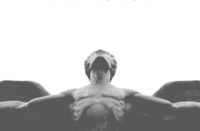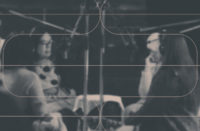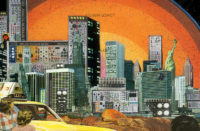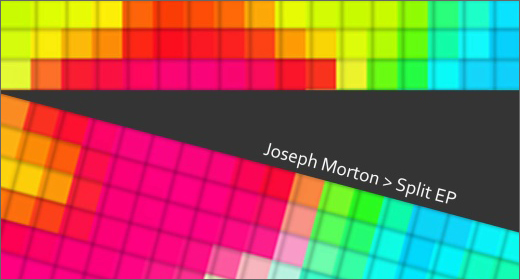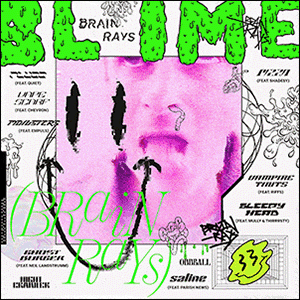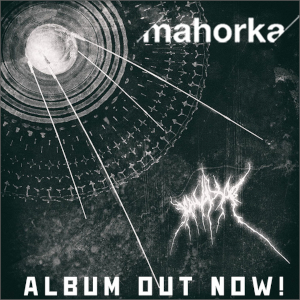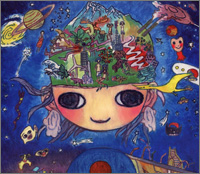
(April 2010) Once upon a time, there was an IDM label named Planet Mu. This label was owned by one of the most recognized names in IDM: Mike Paradinas. With the already extremely talented roster it had and as revolutionary of a label as it may have been (and still is), I don’t think I can give Paradinas enough credit for introducing Tatsuya Yoshida (aka Joseph Nothing) to the electronic music world. The album Dummy Variations projected a style that seemed to be a collaborative of various other electronic genres but had a sound that was completely unique as a whole. Blending quirky basslines, atmospherics, rhythmic programming prowess and childish joviality, Yoshida created a world of his own. Oh yeah, this was 2001; a time when the electronic music world was flooded with creative genius and saturated so-so’s.
It has been nine years since Dummy and with a few releases over this time, there hasn’t been a release that has done much justice to the original full-length until now. The two volume Shambhala Number Two & Three is the closest to imitating the artistry of the aforementioned. The two volumes are varied in nature when it comes to sound, but as the album commences, there is a hint of the past; it makes you realize that a sound such as this is as fresh today as it was nearly a decade ago.
The first volume, Number Two opens with “Xembala,” a piece reminiscent of a more slowed down version of the opener on Dummy named “Shine on your Head.” An ever-present warmth comes over you as strings reverse and flow, stopping and going as an underlying distorted cut up vocal is scratched back and forth. “The Roswell Incident” is a reprise of “Shine on your Head” with its uptempo swing on the ride cymbal mixed with faint humming, bass slaps and claps; “Out of Place Artifacts/Ley Lines” opens the door to a euphoric playground of emotions with its basslines and usual drum sounds; “An Enormous Delta” mixes string stabs with a pentatonic-esque synthetic sound which finally metamorphosizes into a space-like entity that ebbs and flows through a wormhole eventually reaching its destination. The ending, “The entrance,” strips away the rhythms and inserts an atmosphere of found sound, glitches and the unknown. It is the culmination of the journey which has taken forth throughout the disc. The volume starts as a reminder to the past and now ends as an opening to a new beginning.
The second volume, Number Three is broken into eight pieces called “YAP Pure Land.” The direction Yoshida goes with this is different than before. “The Entrance” on Number Two was a good preface for the songs on this volume. “Parts One, Four and Seven” echo the sound of a music box continually playing while the sounds of animals and people converse off and on; The percussive parts, “Two, Three, Five and Six” mix clapping, laughing, a dog’s bark, glass, crumbling paper, etc. into rhythmic pieces which compose most of the disc. The finale, “Part 8” continues the spacey orientation mentioned earlier but progresses into a reverberated drone of chanting unlike anything he’s ever made.
Yoshida creates a nice equilibrium of the past with the present with this release. The two volumes are a nice addition to his catalog and show where he’s been and where he intends to go.
Shambhala Number Two & Three is out now on Third Ear. [Listen & Purchase]






